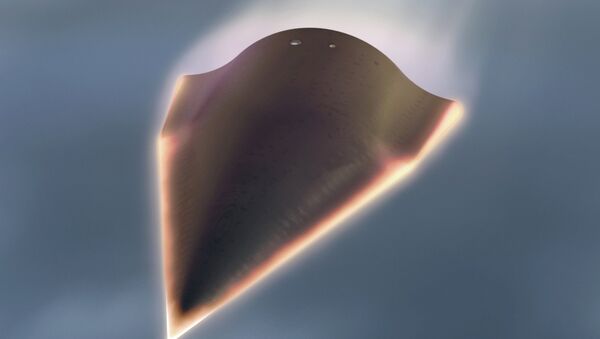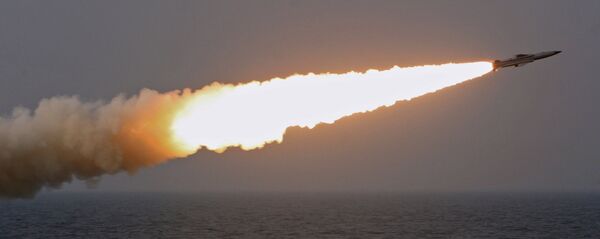"Nuclear and non-nuclear nations are prepared to employ cyber, counter-space, and asymmetric capabilities as options for achieving their objectives during crisis and conflict, and new technologies such as hypersonic glide vehicles are being developed, complicating our sensing and defensive approaches," Gertz quoted Admiral Cecil D. Haney, commander of the US Strategic Command (Stratcom), as saying.
Long-range precision strike weapons capable of accelerating beyond the speed of Mach 5 are considered to be hypersonic. What makes them so deadly is the unpredictability of their trajectory. They are virtually impossible to intercept by conventional missile defense systems.
Since hypersonic weapons have not entered service in any country on the planet yet, they remain "something that concerns us and may be an area of discussion in the future," Air Force Lt. Gen. James Kowalski said.
In June, military experts said that Russia was test-launching a new hypersonic attack aircraft (Yu-71) that could carry nuclear warheads and penetrate missile defense systems. The country is reportedly developing several hypersonic weapons systems, including air- and sea-launched missiles.
China has reportedly conducted four tests of its hypersonic glider vehicle (HGV), dubbed by the Pentagon WU-14. The weapon could deliver either conventional or nuclear warheads and is reported to be capable of neutralizing the US anti-missile shield. It has a maximum speed of Mach 10 (around 7,680 miles per hour).
The United States is working on a similar device, known as the Advanced Hypersonic Weapon (AHW) as a part of its Prompt Global Strike program, which is not covered by the 2010 New START Treaty with Russia. In late 2014, a hypersonic weapon the US was testing exploded several seconds after the launch.


